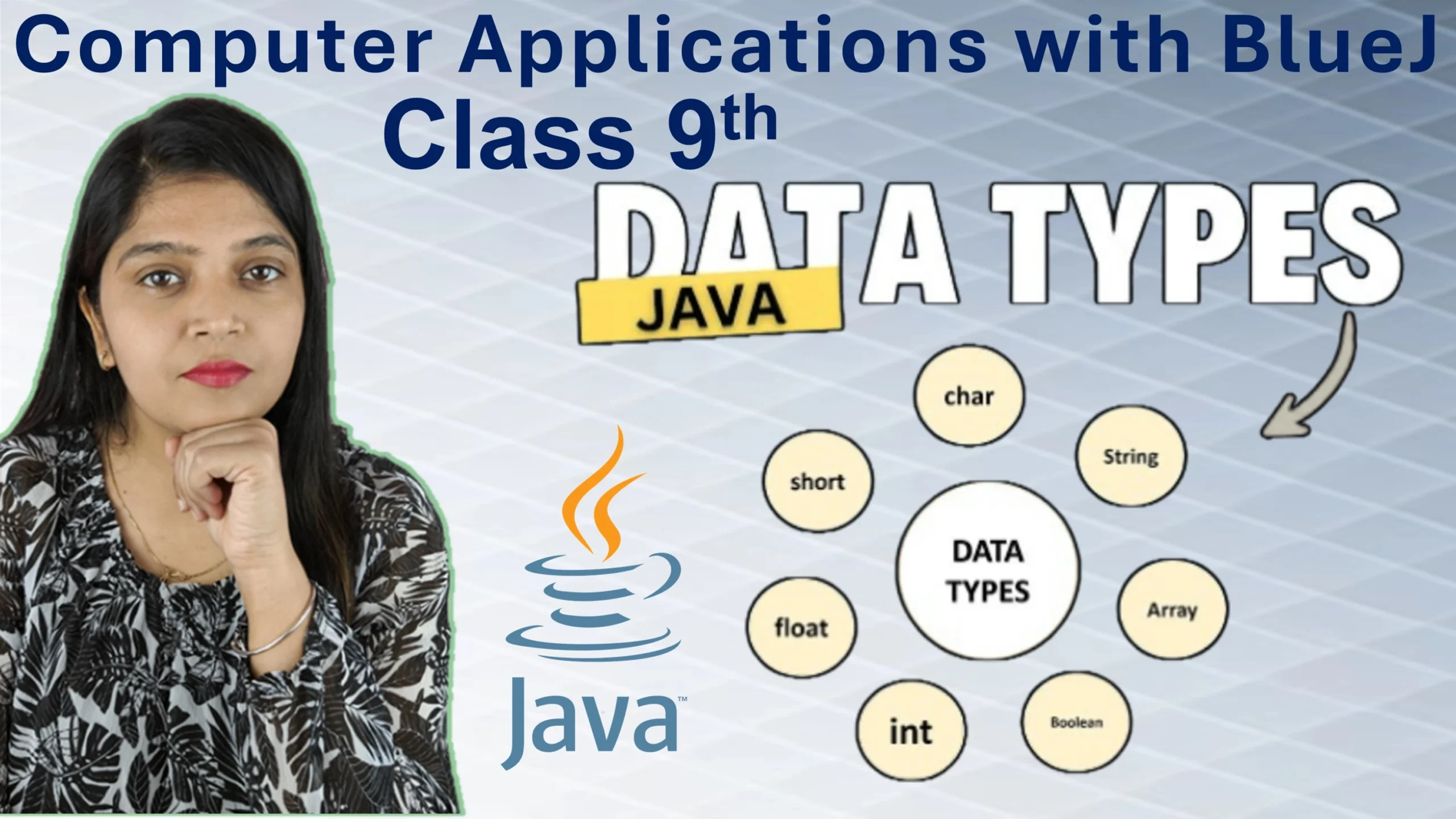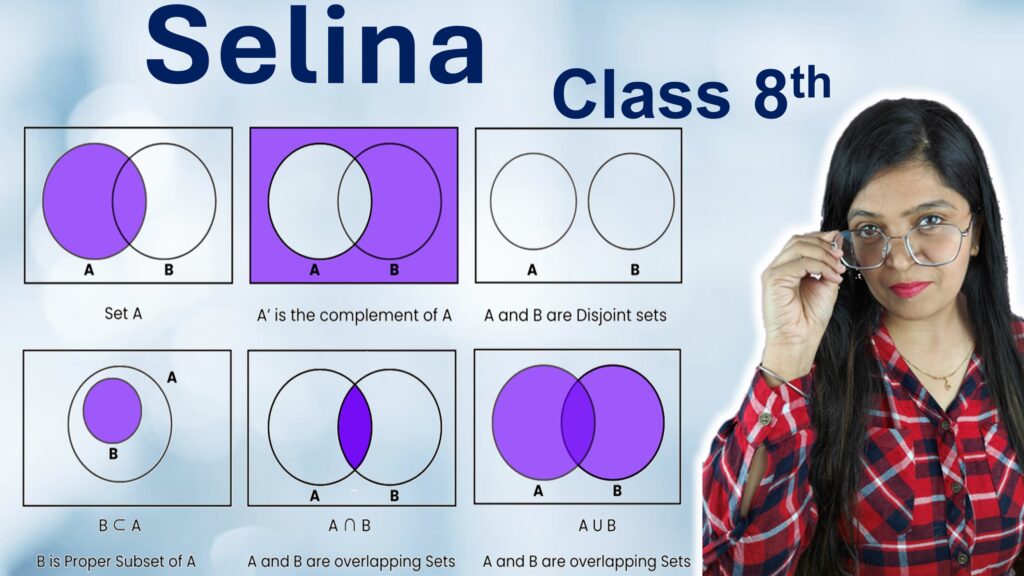In real life, we deal with different types of information every day. For example, age is a number, name is text and marks in decimal like 89.5.
Just like this, in Java, data also comes in different forms. To handle them properly, Java uses data types.
Data Types
A data type in Java defines the kind of data a variable can store, such as numbers, text or true/false values. Data types tell Java what type of data we are working with.
Purpose of Data Types
- To specify the kind of data a variable can hold.
- To save memory efficiently (an int takes less memory than a long).
- To avoid errors by making sure wrong data is not stored in a variable.
Why Data Types Matter in Java?
Without data types, Java would not know whether “10” means a number or text. They make programs more organized and error-free. They allow the compiler to check correctness before running the program.
Types of Data Types in Java
Java data types are mainly divided into two categories: Primitive Data Types and Non-Primitive Data Types.

1. Primitive Data Types:
Primitive data types are the basic building blocks of Java. They are already defined in the Java language and directly store values in memory. These are very efficient and fast to use because they deal with simple values like numbers, characters, or true/false conditions. Java provides 8 primitive data types:
- byte → A small integer type that takes 1 byte of memory. It is useful when you want to save memory, for example, storing values like -128 to 127.
- short → A 2-byte integer type for medium-range numbers.
- int → The most commonly used integer type (4 bytes). For example, a person’s age can be stored in an int.
- long → Used for very large integers (8 bytes). For example, population of a country.
- float → A decimal number type that uses 4 bytes and stores values with less precision. Example: 3.14f.
- double → A double-precision decimal number type (8 bytes). Example: 99.99.
- char → Stores a single character like ‘A’ or ‘@’. It takes 2 bytes and supports Unicode characters.
- boolean → Represents only two values: true or false. For example, whether a student has passed or failed.
These primitive data types make it possible to perform calculations, logical operations, and store values directly in memory.
2. Non-Primitive Data Types
Non-primitive data types are also called reference types. Unlike primitive types, they do not directly store the value but instead store the memory address (reference) of the object. They are more powerful because they can represent complex data.
Some common non-primitive data types are:
- String → Represents a sequence of characters, for example “Hello World”. Strings are widely used in almost every Java program.
- Arrays → A collection of similar data types stored together. Example: int[] marks = {90, 85, 70};
- Classes → A blueprint for creating objects. Example: A Student class may include details like name, age and marks.
- Interfaces → A type that defines a set of methods that a class must implement. It is used to achieve abstraction in Java.
Non-primitive data types can be created by the programmer, and they allow you to handle real-world problems more effectively by working with objects.
Primitive vs Non-Primitive Data Types in Java
| Feature | Primitive Data Types | Non-Primitive Data Types |
| Definition | Basic, predefined data types provided by Java | Complex types that store references to objects |
| Examples | int, char, boolean, double | String, Array, Class, Interface |
| Storage | Stores the actual value directly in memory | Stores the memory address (reference) of the object |
| Size | Fixed (depends on type, e.g., int = 4 bytes) | Not fixed (depends on the object) |
| Predefined by Java? | Yes | Some are predefined (like String), others can be user-defined |
| Null Value | Cannot be null | Can be null |
| Performance | Faster and more memory-efficient | Slower compared to primitive types |
| Use Case | For simple data (numbers, characters, true/false) | For complex data (strings, collections, objects) |
Final Thought on Data Types
Data types in Java are like labels on containers. They tell us what kind of information each container (variable) can hold. By using the right data types, programmers can make their code efficient, safe and easy to understand.
If you’re thinking of learning programming, Java is a great place to start!





Leave a Comment